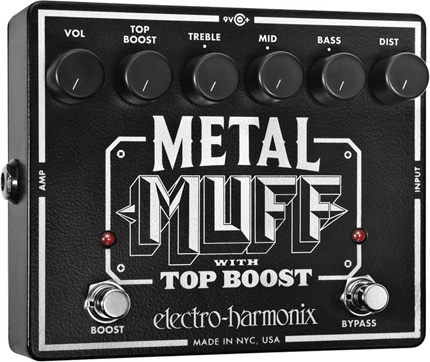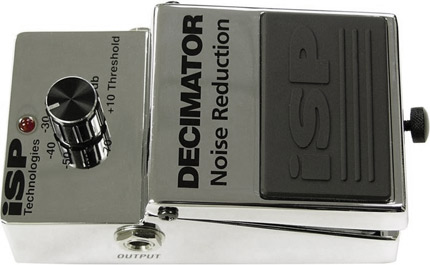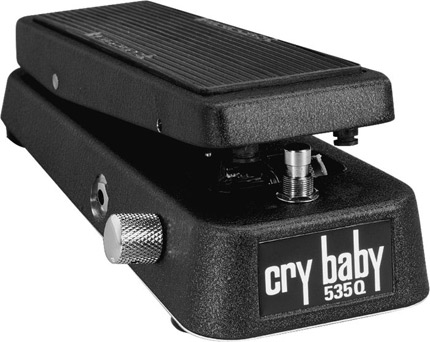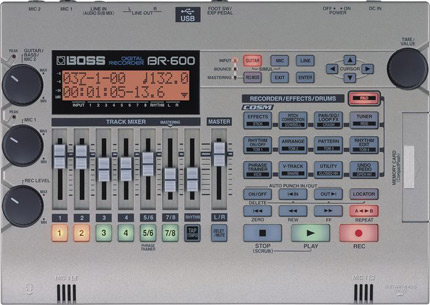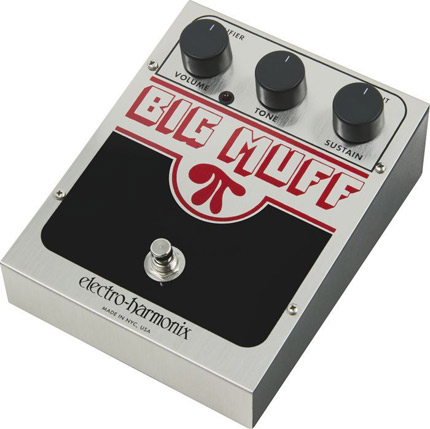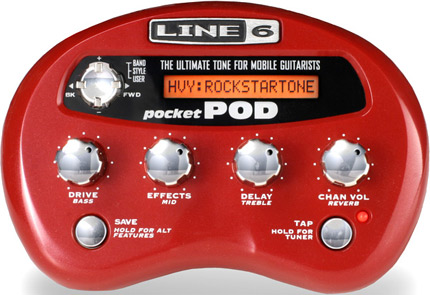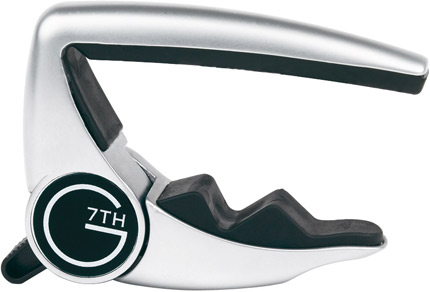December 23rd, 2008 by Andres Gallo

$599
Design
Design is something this amp head packs, especially for the price. It has three channels, an effects loop, and a whole lot of options. The amp looks and feels durable, and has a grill cover in the front, back, and top which should keep the tubes nicely ventilated, while at the same time making the amp look more attractive. The amp is very attractive, but I wish they had use real metal for the decorations.
Beyond the appearance of the amp, as mentioned the amp is feature packed. It has three channels, and comes with a footswitch allowing the player to switch between the three channels, as well as turning of the effects loop on ad off. In the front of the amp, it has some LED buttons that the user can also press to change the channel, and they stay lit to let the user know what channel is currently active. It also has a built in reverb, which functions with the same LED button principle.
Other things that have LED buttons in the amp is the effects loop, and the XL switches which boost the bottom end making the sound bigger. There are also knobs to control the parameters of all the functions turned on/off by these LED buttons. For example each channel has equalizing knobs and a volume knob, and all channels except for the clean channel have a gain knob. The reverb also has a knob to increase/decrease the reverb, and the effects loop has two knobs to control the signal in the send/receive output and inputs, giving the player immense versatility.
Not forgotten are the very important Master volume knob, Presence knob, Standby Switch, High and Low gain inputs, as well as the line out. The presence knob for example is a really awesome EQ type control.
The design is not perfect however. One thing I don’t like about the design, is that its construction uses plastic knobs, which makes me wonder how other things inside are constructed, and one thing which is really annoying is that the noise gate does so little controlling hum, it almost seems as if it was broken or something.
Sound
Let’s get the negatives out of the way first. There is always a really annoying background noise in the background, which is annoying as you use higher gain pickups, and higher gain tones. This is not a problem unless you have really high gain pickups, and have a tendency to put the gain all the way up. However, such problem is easily controlled with a good noise suppressor, and the amazing tone this amp delivers makes it worth it. Every tube amp, I have tried hums anyways.
On the clean channel the background noise is almost not there, and the clean channel is very warm and pristine. It’s surprisingly good at this price, especially considering this is a high gain amp. It is one of the sweetest clean channels I have heard. The clean sound has lots of vivacity, and very articulate definition. The clean sounds really amazing with single coils or coil split humbucker pickups. It has so much body, yet the notes all ring out so nice and clear.
The crunch channel allows for a huge range of tones, going from a light overdrive all the way to Van Halen type tones, and impressively the sound stays defined through out.
The lead channel has lots of bottom end, and lots of gain, which make the leads really stand out. I can see some people would like to use this channel for overwhelmingly heavy riffery, as it can have some levels of gain that are just insane. In other words the versatility with this amp is phenomenal. The lead channel however begins to lose clarity when pushed to the extremes, however, I don’t see why anyone would play with such a gain packed tone.
While each channel sounds splendid, is the ability to do really good clean, and high gain both in the same amp, that makes it special. At this price range amps usually perform outstandingly in one, or the other, and sometimes neither, but never on both clean and high gain applications. This is a do it all amp, and once again I have to remind you readers that the clean channel is phenomenal, and so is the crunch channel, both which are “toneful” and extremely versatile. In spite of the few negative things I mentioned this is without a doubt one of the best, if not the best value in high gain amps.
Reliability
The construction of the amp, feels well constructed. The only thing that worries me is that the material of the knobs, the grill and decorations is plastic when it should have been metal. With that said, I am left wondering about what to expect of the materials in the inside, but I am confident it will last. It sounds so good, I am sure, or at least hopeful, it’s construction was all thought out, but I guess I’ll find out with more time.
Customer Support
I have no experience with their customer support.
